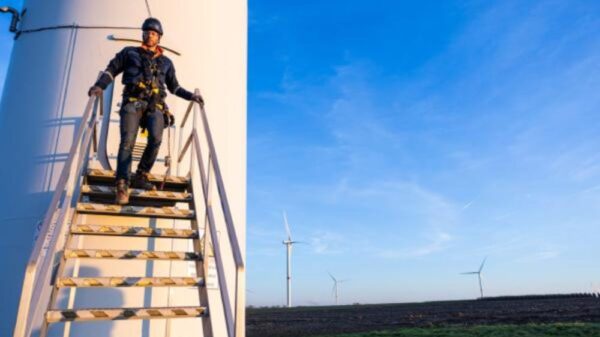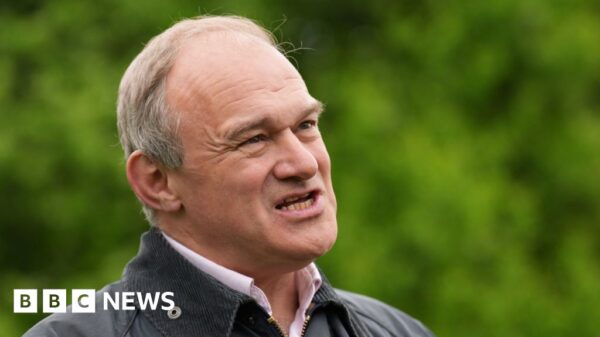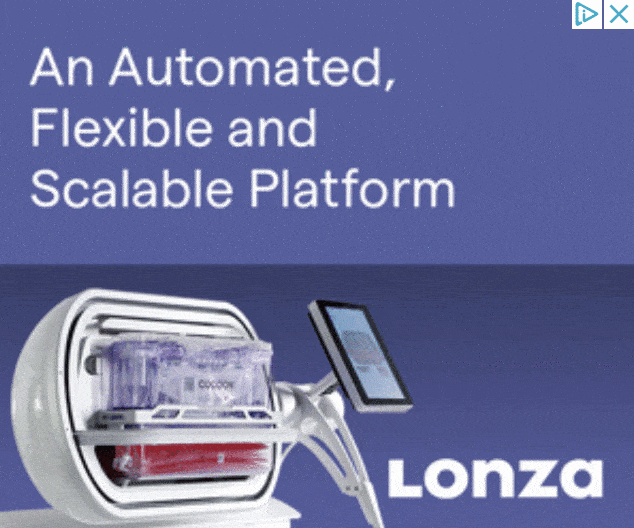Ahead of the EU elections this June, the Community of European Railway and Infrastructure Companies (CER) has launched its 2024-29 manifesto “On Track For Europe” at a high-level event hosted in the European Parliament by MEP Dominique Riquet. Aimed firmly at reaching the modal shift and modal share objectives of the EU Strategy for Sustainable and Smart Mobility, the manifesto sets out the European rail sector’s vision for well-functioning rail passenger and freight services in a high-capacity rail infrastructure network, that will be a key enabler of Europe’s green and digital transitions.
Railways hold high ambitions for the future of sustainable transport in Europe: high-speed connections between all EU capitals and major cities, quality regional services for all, more night trains and sustainable tourism options, fully digital freight operations with rail as the backbone of net-zero logistics. The importance of these issues was also stressed in Former Italian Prime Minister Enrico Letta’s High Level Report on the future of the Single Market, which calls on the EU to build high-speed rail connections between all EU capitals to resolve a “glaring paradox” in EU infrastructure.
The manifesto contends that rail, with its unique advantages in terms of emission savings, energy-efficiency and generation of economic activity, should be at the centre of all policy tools designed to promote Europe’s sustainability, energy independence and prosperity. CER stresses the need for a strategic vision encompassing sustainable transport.
Supporting public and private investments in infrastructure is critical to continue promoting rail projects on the TEN-T pan-European transport network, as well as deepening the single market through a High-Speed Masterplan and furthering interoperability. This development goes hand in hand with the deployment of digital enablers, allowing safer and more efficient railway operations in the EU. CER calls on members states to make this a priority in the next term of the European Commission and Parliament.
Four fundamental pillars are identified to guide future policy action:
- Fair competition between modes – Despite past efforts, the regulatory framework today is not fair, with railways carrying many costs and obligations not imposed on other transport modes. Much remains to be done to redress imbalances in conditions and pricing to access infrastructure, energy taxation, VAT rules and differing social conditions, notably allowing social dumping practices in the road sector.
- Adequate financing of railways – Railways need fair, long-term, comprehensive financing. Meeting the huge infrastructure investment needs of the sector will require a bigger EU transport budget line in a scaled-up Multi-annual Financial Framework including new sources of EU funding such as earmarked revenues from the EU Emissions Trading System.
- Deployment of rail’s key digital enablers – This includes the European Rail Traffic Management System (ERTMS) and Digital Capacity Management (DCM) for optimised use of the rail network, Digital Automatic Coupling (DAC) as a crucial step to full digital freight operations, and the Open Sales and Distribution Model (OSDM) for easier international ticketing. Such digital game changers not only enhance rail services for its end users but also reduce costs. For instance, the increase in rail capacity that can be achieved through digital means with DCM requires just 5% of the budget that would be needed to build new physical rail infrastructure.
- A greener approach to market and competition policies – Competition policy needs to better take into account the EU’s climate and environmental policies and should avoid any modal shift to more polluting modes of transport. Certain rail market segments such as Single Wagon are often not economically viable today yet represent a sustainably viable transport solution to combat the climate crisis. Aid to such services cannot be assessed based on rules that do not consider the EU’s strategic policy orientations as a whole, including EU Green Deal objectives.
During the launch event, CER gathered the impressions of current policymakers as well as external stakeholders representing business and civil society users of rail services, many of whom contributed to the 2023 survey that fed into the final manifesto.
Dominique Riquet MEP said that “as this parliamentary term concludes, it is time to take stock on our achievements. We’ve accomplished much with CEF II, the ongoing rail capacity regulation, or TEN-T guidelines. Yet, the fight for rail continues. We must now reflect on future policy developments to use it best and reach our decarbonisation objectives”.
Keynote speaker Belgian Deputy Prime Minister and Minister for Mobility Georges Gilkinet welcomed the sector’s initiative, stating “trains must become the backbone of our European mobility if we want to decarbonise our economies. Modal shift to rail, the most sustainable mode of transport, must be a political priority for the next EU Commission. To implement this and connect all Europeans by rail, we need to invest massively in the sector. The CEF Program is playing a crucial role and we need to continue in this direction with a third and well-financed CEF call. A long-term vision, sound financing and people are the key to future-proof European mobility”.
Also speaking at the launch event, Filip Alexandru Negreanu Arboreanu, Head of Cabinet of European Transport Commissioner Adina Vălean, gave his positive reaction to the manifesto. “Your support for a strong funding instrument for transport infrastructure is extremely valuable and very much appreciated. And you can also rely on our support for making rail the desired transport mode of the future”, he said.
CER Executive Director Alberto Mazzola said that “in the CER Manifesto, railways commit to provide for the new generations of Europeans: better passenger services for all, including high-speed connections between capitals and major cities; digital rail freight operations integrated with other modes, leading to zero-emission European logistics; and reliable, safe, high-speed infrastructure as well as improvements to the existing network through modernisation and digitalisation. We call on the EU and member states for a sustainable investment policy to continue prioritising and supporting rail”.
With concrete policy suggestions for each of its four pillars, the CER manifesto 2024-2029 shows what is needed to allow rail to further develop and Europe to benefit from rail’s full potential.
































